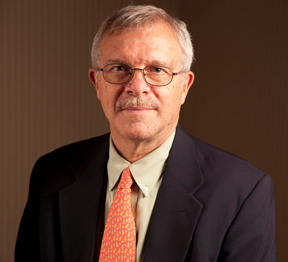
The general public has a poor understanding of what Public Health does and what it has accomplished. That confusion persists, especially among those over 50, because of the shifts in public health functions over the past decades. Older Louisianans, when asked, “What happens at the health units?”, will invariable say, “That’s where kids get their shots.” In fact, two decades ago, 88% of Louisianans did get their shots at a health unit, while now the number is closer to 10% or even less.
In Louisiana, public health has traditionally been associated with direct service care, notably immunizations, contraception, STD treatment and surveillance, and WIC (Women, Infants and Children) food supplementation programs. While direct care by public health still serves as a safety net for some services, there are other states that adhere to the classic public health functions (i.e. surveillance, connecting people with services, dissemination of information, enforcement of regulations, development of policies, research and creating a competent public health work force). Providing direct care when no other providers are available (notably for contraception and STD treatment) remains a part of public health, but not a core function in many parts of the U.S.
So what has public health nationally done for our country? Those accomplishments include 10 activities most people will recognize:
1. Reducing disease through vaccine use remains a triumph. There has been huge decreases in all “vaccine preventable disease,” including more recently: rotavirus, meningococcus, pneumococcal pneumonia; as well as the older childhood diseases: measles, mumps, rubella, polio, diphtheria, whooping cough, chickenpox and hepatitis A and B. Many of these diseases are so rare that patients (and even doctors) have never seen them.
2. Prevention and control of infectious diseases through screening, surveillance and treatment, notably with TB and HIV, have resulted in huge improvements in survival through timely treatment.
3. Promotion of tobacco control with increases of tobacco taxes, proliferation of smoke-free ordinances at local and state levels, restricted advertising and aggressive education campaigns, have resulted in a decrease in tobacco use nationally from 42% of adults in 1965 to 20% now.
4. Improving maternal and infant health through the mandated use of folic acid in grains, and the generalized use of neonatal screening for a host of treatable infant disorders have reduced cases of spina bifida and resulted in earlier diagnosis of many genetic disorders.
5. Enhancing motor vehicle safety through mandated seatbelt and child safety seat use and, improving safety by promoting changes in the road construction and signage have resulted in steady declines in motor vehicle death rates.
6. Reducing cardiovascular death by promoting and standardizing treatment for hypertension, cholesterol and tobacco cessation has saved millions of lives.
7. Occupational safety promotion using best practices, notably for lifting and farm equipment use (especially for children), has reduced injuries and workman’s compensation cases.
8. Increasing cancer screenings to improve survival following early diagnosis, especially in breast cancer and colon caner has resulted in improved survival rates.
9. Aggressive screening programs have reduced lead poisoning from 88.2% of high-risk children in 2003 to less than 1% in 2008 (notably in minority children in substandard housing).
10. Development of national and state emergency response systems with the use of the National Incident Management System and improvement in the coordination of state and local resources produced remarkable results in the responses to Hurricanes Gustav, Ike and Isaac (and other emergencies nationally).
Public health, as enigmatic as it is, continues to play a role in communities throughout Louisiana. The safety net function of their services depends on the availability of local providers, but the other functions remain, regardless of those circumstances. The collaborations and cooperative efforts generated by public health go a long way in promoting a healthier community, even though those efforts may not always be that evident. Whether it’s a public health nurse, sanitarian, nutritionist, disease intervention or surveillance specialist, or the Regional Administrator, give them a call. They have a wealth of information and experience to share.









